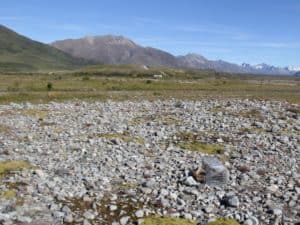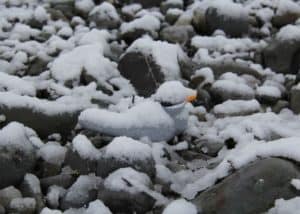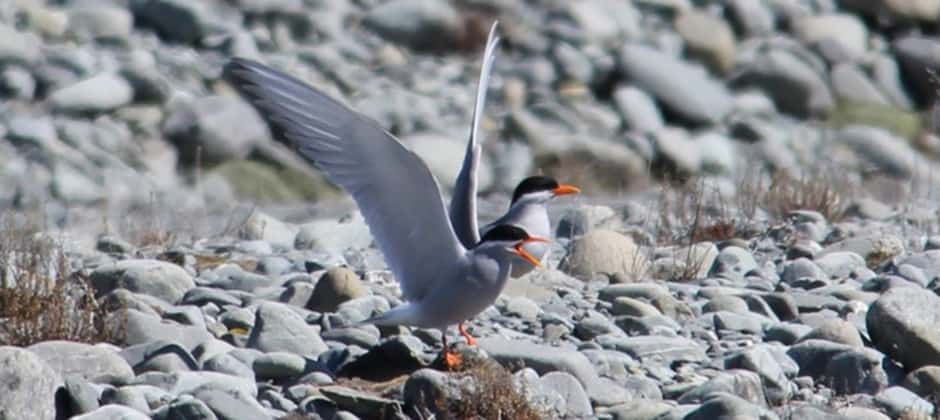Share this article
WSB: Fake birds help conserve New Zealand terns
Conservationists can attract threatened terns to nesting habitat safe from invasive predators in New Zealand by deploying fake bird models and using speaker systems to play bird sounds.
Black-fronted terns (Chlidonias albostriatus) are a threatened bird species occupying New Zealand. They are a difficult species to protect as they constantly move their breeding colonies up and down South Island rivers.
But instead of trying to predict where the birds might nest, Paterson and his colleagues set out to see if they could advertise safe real estate — free from predators — for the terns. “We wanted it to look and sound at least a little bit like there were terns already there,” said Adrian Paterson, an associate professor in zoology at Lincoln University in Christchurch, New Zealand and one of the co-authors of a new study published in Wildlife Society Bulletin.
Black-fronted terns, listed as endangered by the International Union for Conservation of Nature, spend their entire lives on New Zealand’s South Island. They nest in the banks of so-called braided rivers, made up of channels separated by temporary islands.

Speakers that play black-fronted tern sounds with decoys in the background set up in ideal nesting habitat. ©Courtney Hamblin
These river banks used to be fairly free from taller vegetation, since they were flooded every year. But farms and other more recent developments in the area mean that the rivers have been channeled into more permanent flows in some regions. Since the banks aren’t flooded as often, invasive vegetation has moved in, creating more cover for invasive predators like feral cats (Felis catus) ferrets (Mustela furo), stoats (Mustela erminea), Norway rats (Rattus norvegicus) and hedgehogs (Erinaceus europaeus). These predators often sneak up on terns and prey on their chicks and eggs.
Not only are these predators capable of getting close to the areas where terns nest, Paterson said, but terns aren’t evolved to be vigilant of ground-based predators, since they are not native to the islands. The environmental conditions around these braided rivers in New Zealand are changing so much that most species that have evolved to specialize on these habitats are now threatened.
Conservationists have been cutting weeds around nests to create better nesting habitat for terns, but the birds aren’t loyal to specific nesting areas and could choose a location anywhere up to 62 miles of braided river.
To attract the birds to safer areas, Paterson and his colleagues created fake terns and set a few out on river banks in a colony-type configuration.
They were happy to see that it worked. “If you put out a little dummy tern, they’ll come over and have a look at it,” he said.

A black-fronted tern decoy. ©Courtney Hamblin
They also played recordings that they collected of a real black-fronted tern colony in the new areas. They then tested whether both of these social attractants worked together and found that it was successful in establishing a nesting colony.
“They were nesting closer to these areas that we were preparing than just random areas,” Paterson said.
Attracting the birds to these colonies makes it easier to protect their nesting areas than trying to monitor entire braided river systems, he said.
Paterson is happy that this technique is working, but he said the conservation measure still isn’t a silver bullet. Black-billed gulls (Larus bulleri), which are native to the area, are preying on tern nests as well, perhaps because the they are being pushed out of other parts of their former habitat by humans.
“There’s never going to be one thing that helps for everything.” Paterson said.
Header Image: Researchers are finding new ways to conserve black-fronted terns endemic to New Zealand. ©Courtney Hamblin








